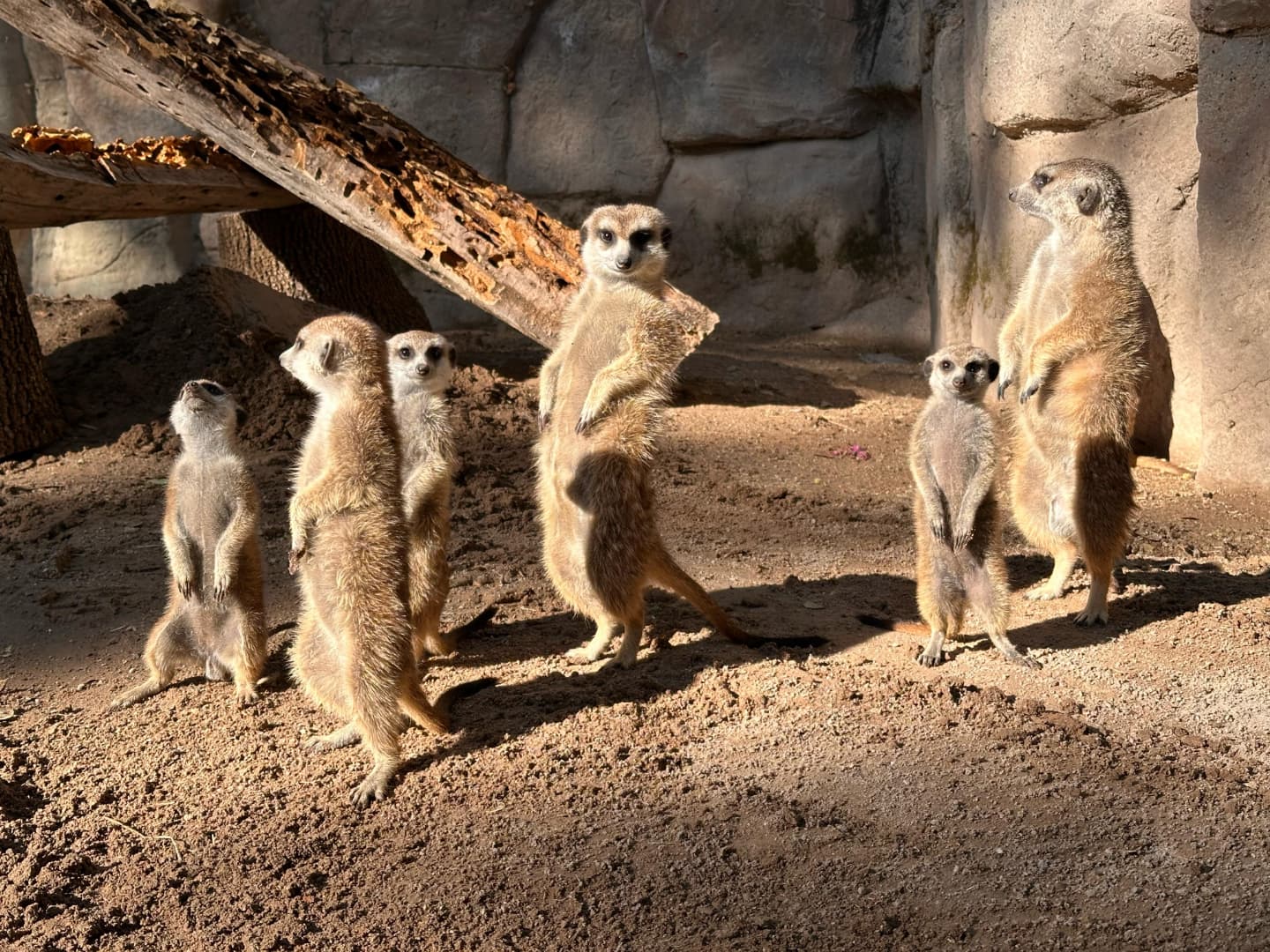- The importance of animal welfare and health in conservation efforts
- Understanding the role of dedicated professionals in zoo environments
- The significance of fostering playful and energetic behaviors in animals
- The impact of human care on animal growth and development
- The interconnected roles of different species within a zoo family setting
In recent times, zoos have transformed from mere exhibit spaces into centers of education and conservation. A shining example of this evolution is encapsulated in the story of Nina, Bono, Musgo, Safiya, Diego, and their tireless mother, Spot. This vibrant family offers a captivating narrative about energy and mischief in a structured yet nurturing environment. These animals thrive under the care of committed professionals like Dr. Adrián Díaz, who leverages his expertise to foster a lively setting conducive to the physical and mental well-being of his wards.
The welfare and health of animals are paramount in wildlife conservation. Proper animal care in zoos directly contributes to conservation success. By ensuring the physical health and maintaining the natural behaviors of animals like Nina and Bono, zoos still manage to support species survival and education. Regular health checks and a balanced diet are crucial for the animals’ vitality. These practices, carried out with diligence, help construct environments that not only conserve species but also reflect their natural habitats as closely as possible. This faithful simulation allows for the continuation of essential behaviors, which are needed for both individual and species-wide flourishing.
Professionals working in zoo environments play an indomitable role. Behind every healthy and thriving animal group stands a team of dedicated specialists. Dr. Adrián Díaz and his colleagues exemplify the multifaceted responsibilities these professionals shoulder. Their work, ranging from routine veterinary checkups to meticulous record-keeping, is the foundation upon which healthy zoo populations are built. Moreover, the time and effort spent in observation establish the baseline for finetuning animal care strategies. Such dedication ensures that animals like Musgo and Safiya not only survive but also flourish in their zoo habitats. The rigor of their training and their unwavering commitment translate into the daily care that animals receive, emphasizing an atmosphere of trust and respect.
Animal play is not simply a leisure activity; it is a vital component of wildlife behavior. Encouraging playful and energetic behavior is essential for the cognitive and social development of zoo animals. Activities designed to stimulate both mind and body help animals maintain their natural instincts and behaviors. Observing Spot guide her energetic offspring teaches us about the familial bonds and complex social structures these animals naturally exhibit. Through structured play, zoos provide an outlet for natural behaviors, thereby promoting mental and physical health. Enrichment programs and play sessions are tailored to mimic natural challenges, ensuring that the animals continually engage with their environment.
Under human care, animals’ growth and development are subject to thoughtful intervention and guidance. With continual support, both physical growth and behavioral competence are nurtured in zoo animals. The mindful care provided by zoos allows for personalized health and breeding programs, which are key to maintaining genetic diversity, a crucial factor in population viability. Diego and his siblings demonstrate how a controlled environment can yield robust health and well-adjusted behavior patterns. This nurturing simulates the safety of the wild while providing controlled environments to bolster various aspects of health and learning.
Within the context of zoos, the dynamic between various animal species and their caregivers composes a complex tapestry that highlights biodiversity. Such interconnectedness proves vital for fostering a community where mutual interaction benefits all parties. Spot’s family, with its myriad personalities and relationships, illustrates the interdependence found in natural habitats. Observations, insights, and data collected from these interactions further drive research in animal behavior and interspecies relations. By managing these relationships thoughtfully, zoos create a microcosm where educational efforts and conservation goals intersect, teaching visitors expansive lessons about biodiversity and interconnected ecosystems.
The characters of Nina, Bono, Musgo, Safiya, Diego, and Spot represent more than just individual animals. They are living examples of the careful balancing act between conservation goals and animal well-being. As they continue to grow under the stewardship of Dr. Adrián Díaz, they serve as ambassadors for an informed future where human and animal populations can thrive in harmony. Each aspect of their care provides lessons that are invaluable to the fields of zoology and conservation, ensuring that animal welfare remains at the forefront of conservation discourse. Through dedicated care and insightful management, these animals inspire hope for sustainable living and biodiversity preservation.
*****
Source Description
Les presentamos a Nina, Bono, Musgo, Safiya, Diego y la incansable mamá Spot… ¡Toda una familia llena de energía y travesuras! 🥰👀 Gracias al cuidado y dedicación de nuestro MVZ Adrián Díaz, (quien además nos comparte estas fotos) 📸✨ cada uno de ellos crece sano, manteniendo ese espíritu juguetón que nos encanta.


